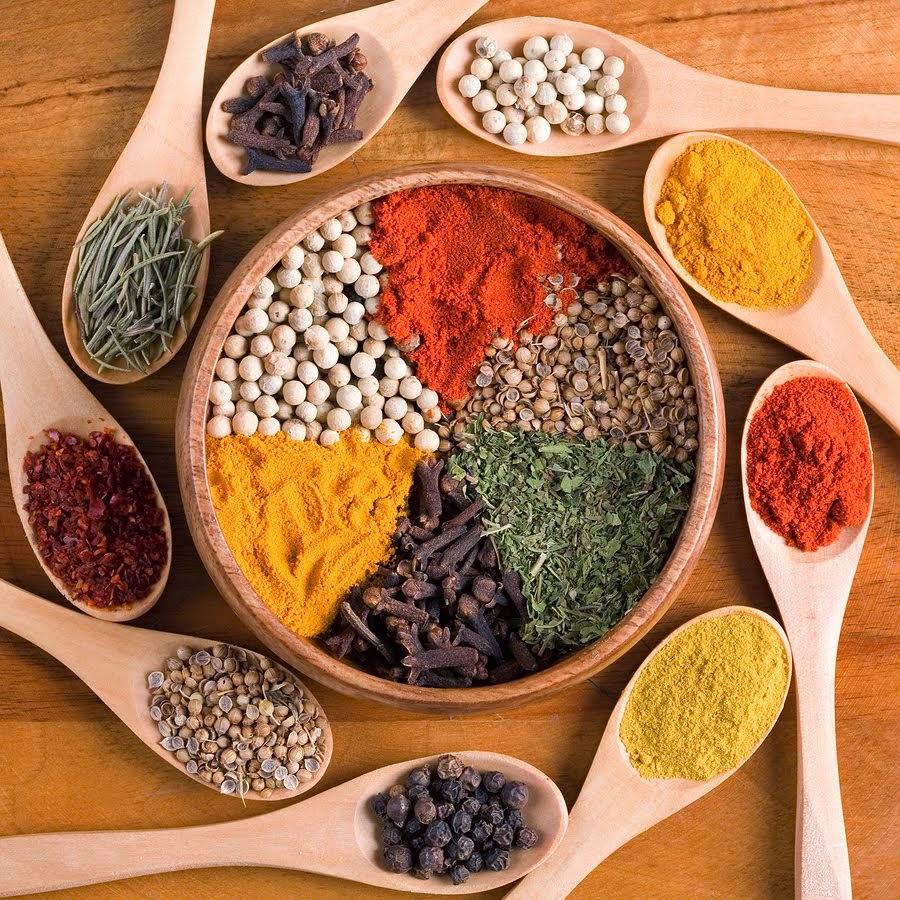
OUR ESSENTIAL INGREDIENTS
OUR SPICES
Ethiopian Spices have a unique story to tell chefs, home cooks, healthy food enthusiasts, vegetarians, carnivores and vegans alike.
Layers of taste, aroma, and essence continue to define and preserve timeless traditions of distinct flavors in the Ethiopian Kitchen
Spices are important additives to Ethiopian dishes.One that stands out is the Ethiopians love of spices. Almost all the food and drinks taken by Ethiopians in their daily routine consists of one or more spices, herbs, etc. Ethiopia’s spices have a sort of mysterious nature about them, as they are not commonly found around the globe.
Ethiopia is a homeland for many spices, such as berbere , mekelesha , cinnamon , rosemary , cordamon , cloves , besobela , koseret , mitmita , Tikur Azmud (Black Cumin) , korarima (Aframonum korarima) , long red pepper , black cumin , white cumin /bishops weed , coriander , Kundo Berbere(black pepper) , fenugreek , turmeric , sage , cinnamon and ginger
Although many different herbs and spices make up Ethiopian cuisine, there are two main ingredients that are a must and need to be mastered and understood. These are Berbere and Niter Kibbeh. These are not used in all dishes but are found in many and are the backbone of Ethiopian cooking.